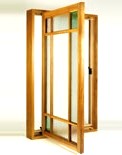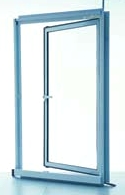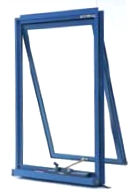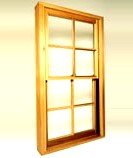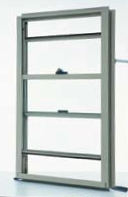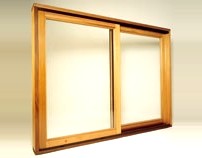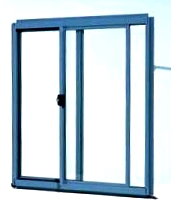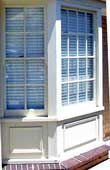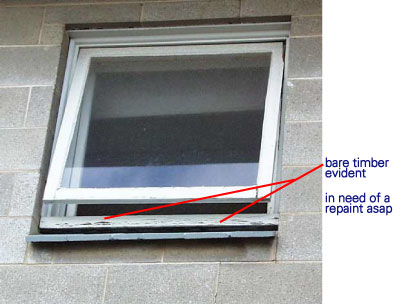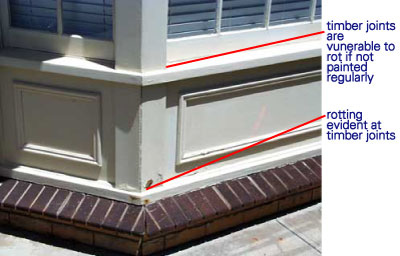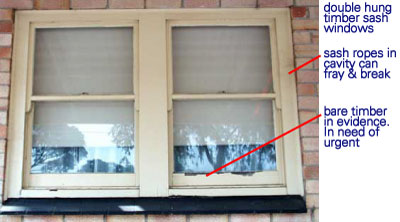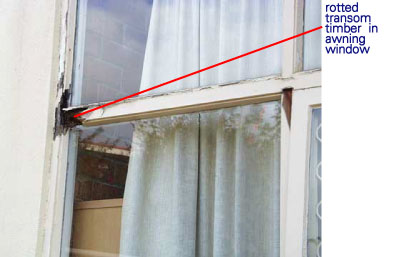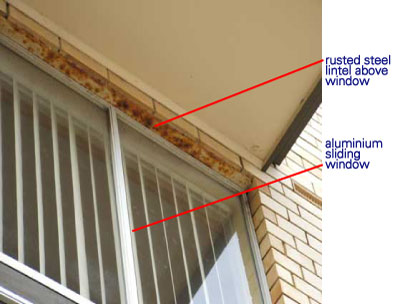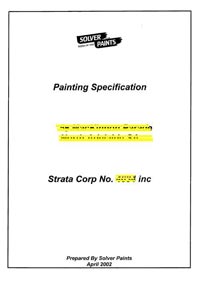Maintenance: Windows
Strata Titles Act (plan number less than 20,000)
External windows are common property under Section 5 of the Act as they are not within a unit. Section 25 explains the Corporations responsibility to maintain the windows.
Section 5: Boundaries
(5) Subject to any explicit statement to the contrary in a strata plan, the following principles apply to the definition of a unit by strata plan:
(a) where a boundary is defined by reference to a wall or fence—the boundary is the inner surface of the wall or fence
Section 25. The functions of the strata corporation are as follows:
(a) to administer and maintain the common property for the benefit of the unit holders and, to such extent as may be appropriate, other members of the strata community
What does this mean?
The owner only owns the inner surface of external windows and the inner surface of their frames, that is, their paint. As such windows are common property in the same way that external walls are common property – see Boundaries
Community Titles Act
Strata Division (one lot above another)
External windows are common property under Section 19 & 28 of the Act as they are not within a unit. Section 75 explains the Corporations responsibility to maintain the windows.
Section 19—Special provisions relating to strata plans
(4) Subject to any explicit statement to the contrary in a strata plan, the following principles apply to the definition of a lot by strata plan:
(a) where a boundary is defined by reference to a wall or fence—the boundary is the inner surface of the wall or fence;
Section 28—Common property
(1) The common property created by a community plan comprises:
(c) in the case of a strata plan—those parts of the building that are not part of a lot;
Section 75—Functions and powers of corporations
(1) The functions of a corporation are
(a) to administer, manage and control the common property for the benefit of the owners of the community lots; and
(b) to maintain the common property and the property of the corporation in good order and condition
What does this mean?
The owner in a strata division group owns the inner surface of external windows and the inner surface of their frames, that is, their paint. As such windows are common property in the same way that external walls are common property – see Boundaries
For regular lot by lot Community Corporations each lot owner is responsible for all windows within their lot.


